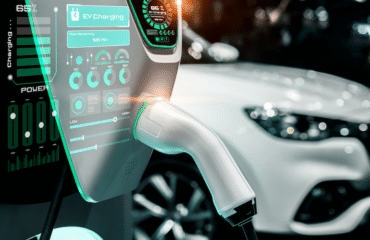Expert Insights on eMobility Engineering
Uncover cutting-edge insights, industry trends, and practical advice that will propel your business forward in the rapidly evolving landscape of eMobility.
Recent blog posts

eMobilityMobilityTransportation
Smart Charging and Vehicle-to-Grid: The Key Role of Standards and Cooperation
August 26, 20256 mins read
by Volodymyr Zavadko

eMobilityNavigation & MappingTransportation
Effective EV Route Planning: How to Overcome Key Industry Challenges
May 02, 202310 mins read
by Volodymyr Zavadko

eMobilityFleet ManagementTransportation
Electric Vehicle (EV) Fleet Management: How to Get Operationally Ready
January 11, 202210 mins read
by Volodymyr Zavadko

AutomotiveeMobilityInfotainment & Comfort
Address the Main EV Challenges with Kanzi UI Development
May 31, 20218 mins read
by Oleksandr Odukha
AutomotiveeMobilityNavigation & Mapping
How to Build an EV Trip Planner System That Users Will Fall in Love…
September 26, 20197 mins read
by Oleksandr Odukha

AutomotiveAutonomous DrivingeMobility
How Will Urban Infrastructure Change with Autonomous Driving?
February 17, 20198 mins read
by Oleksandr Odukha

AutomotiveeMobility
What Electric Vehicle Software is Essential for Electric Cars
May 10, 20188 mins read
by Oleksandr Odukha